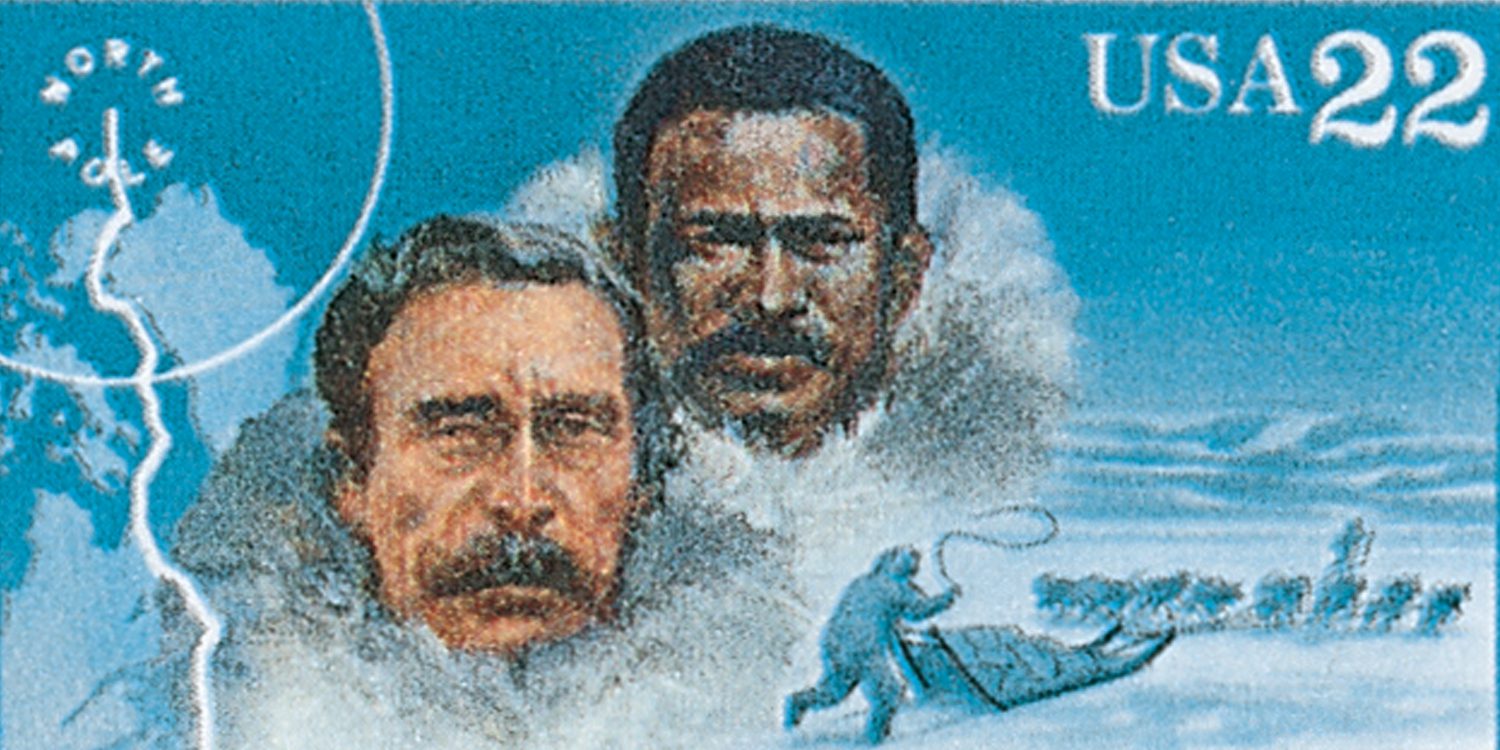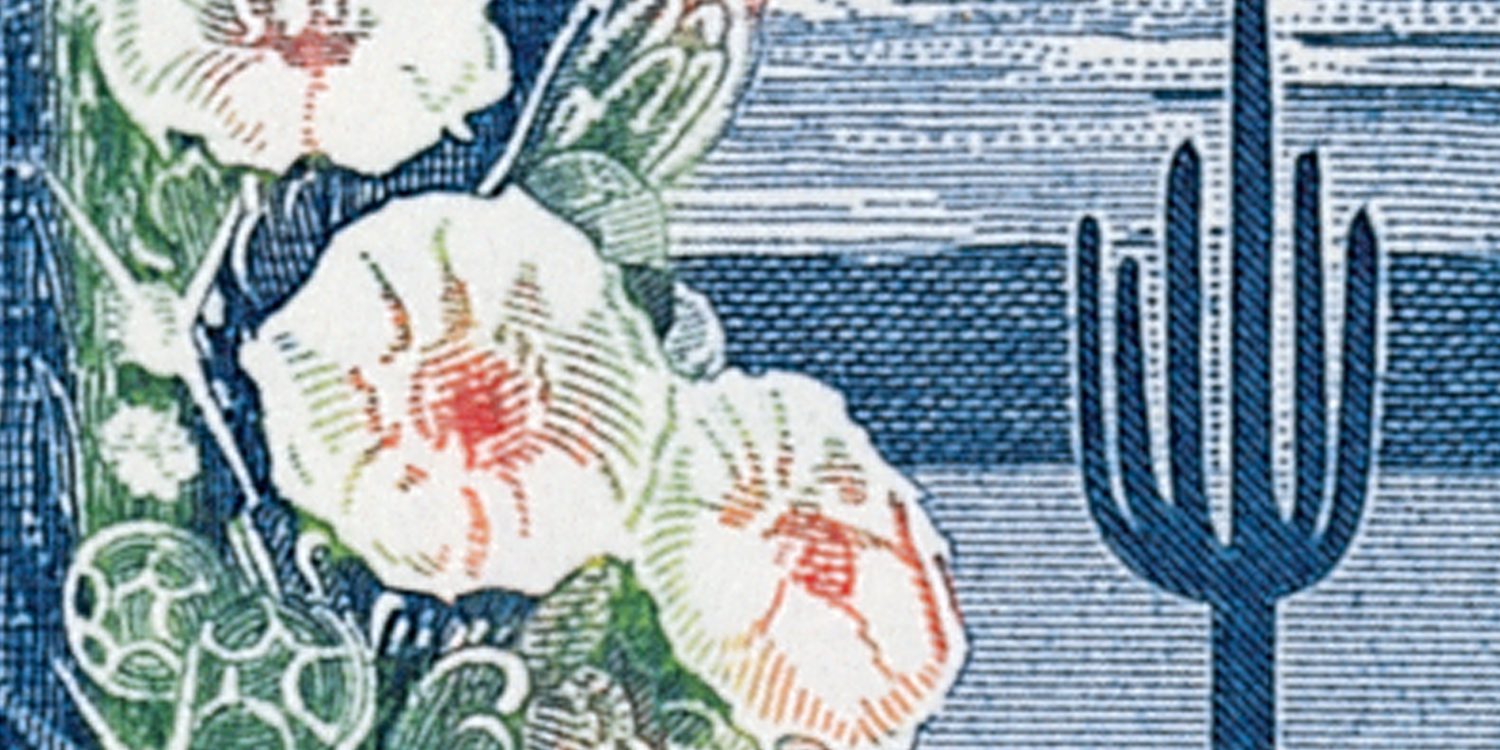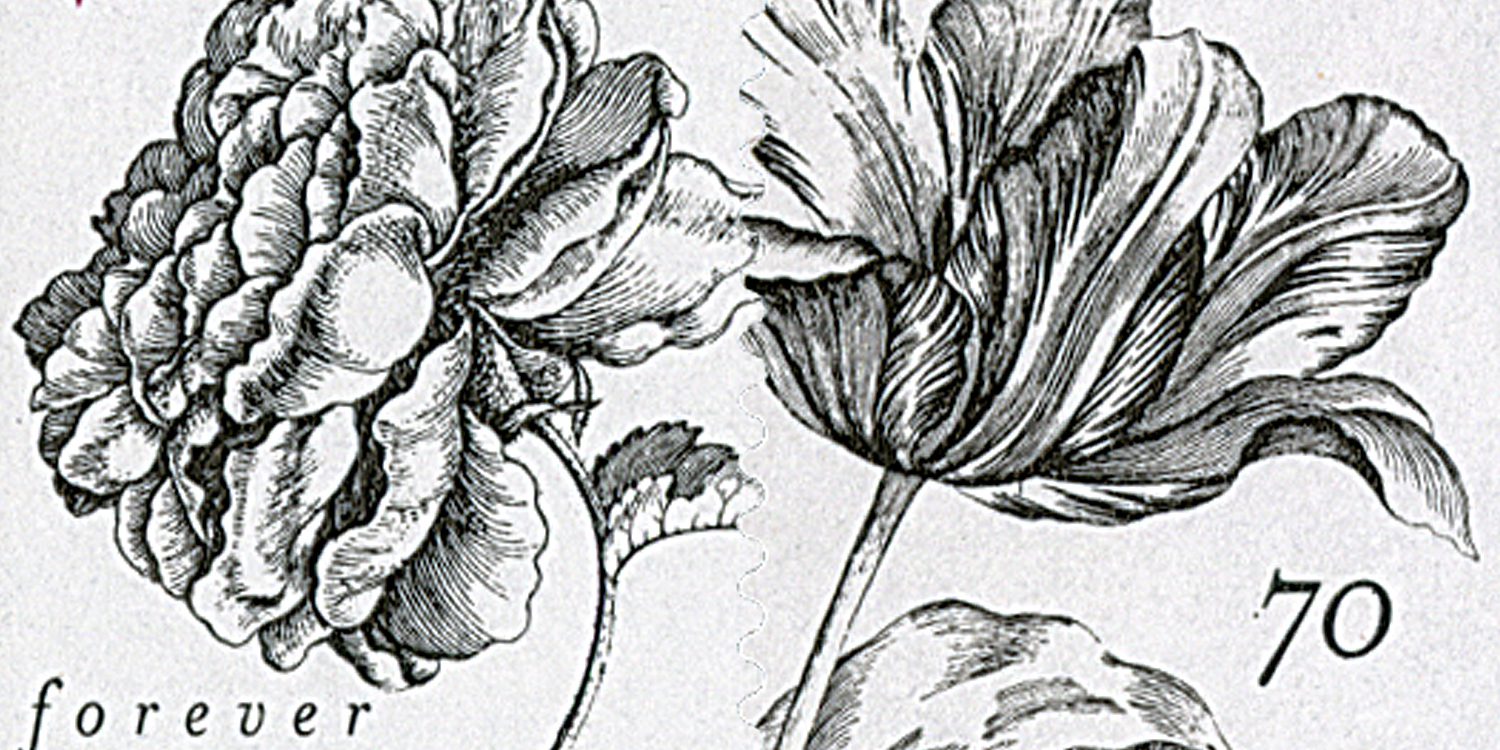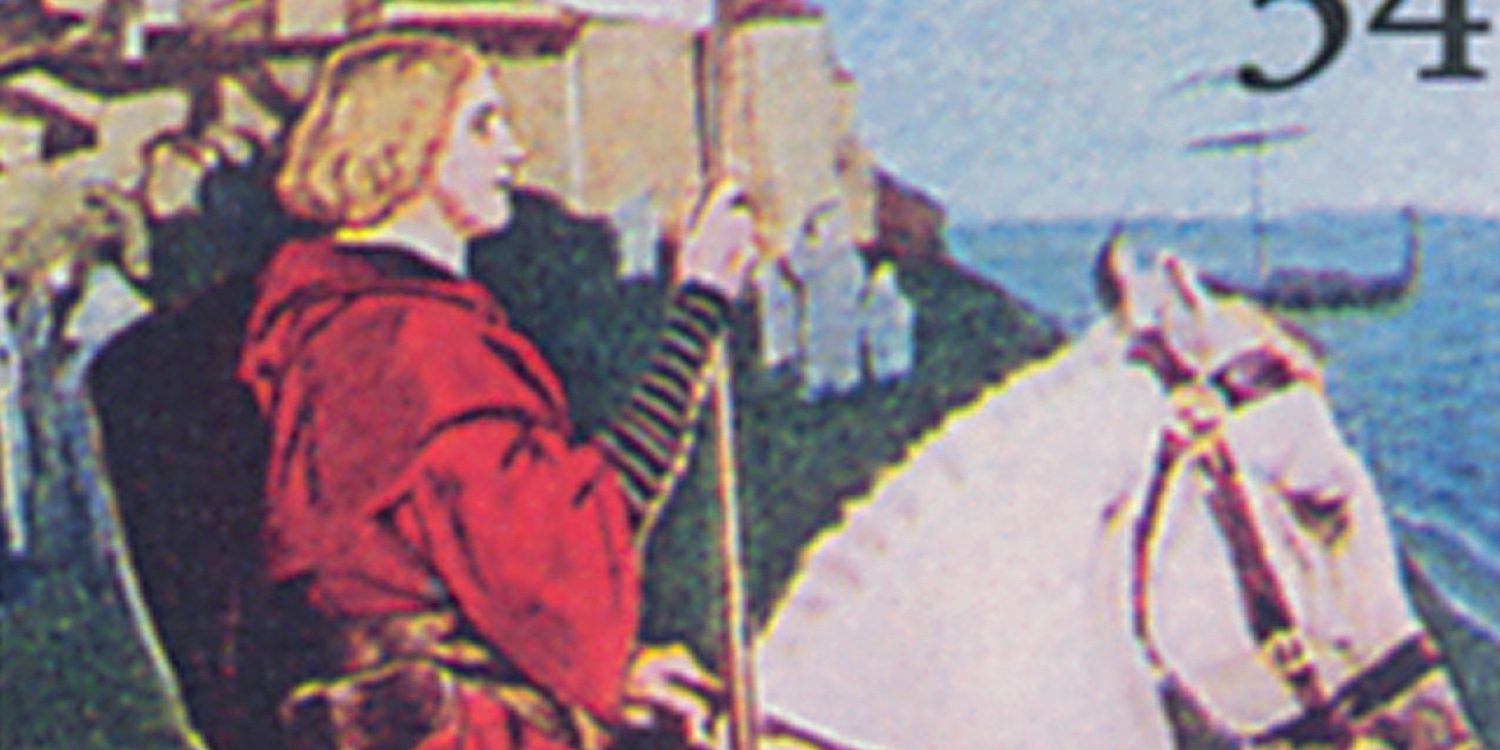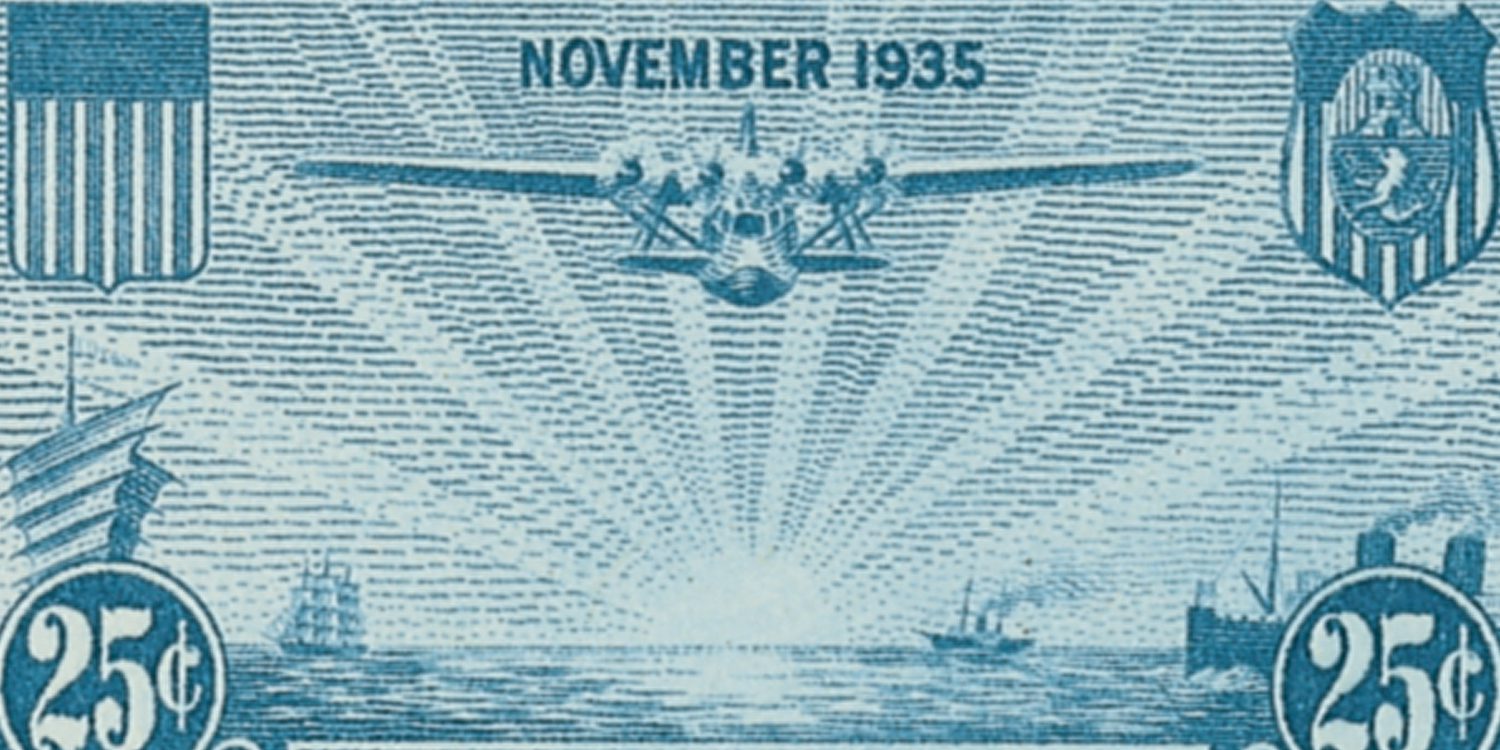Birth of Robert E. Peary
Explorer Robert Edwin Peary Sr. was born on May 6, 1856, in Cresson, Pennsylvania. Peary claimed to have been one of the first people to reach the North Pole. Though his claim has been debated, historians generally agree he at least came very close.

